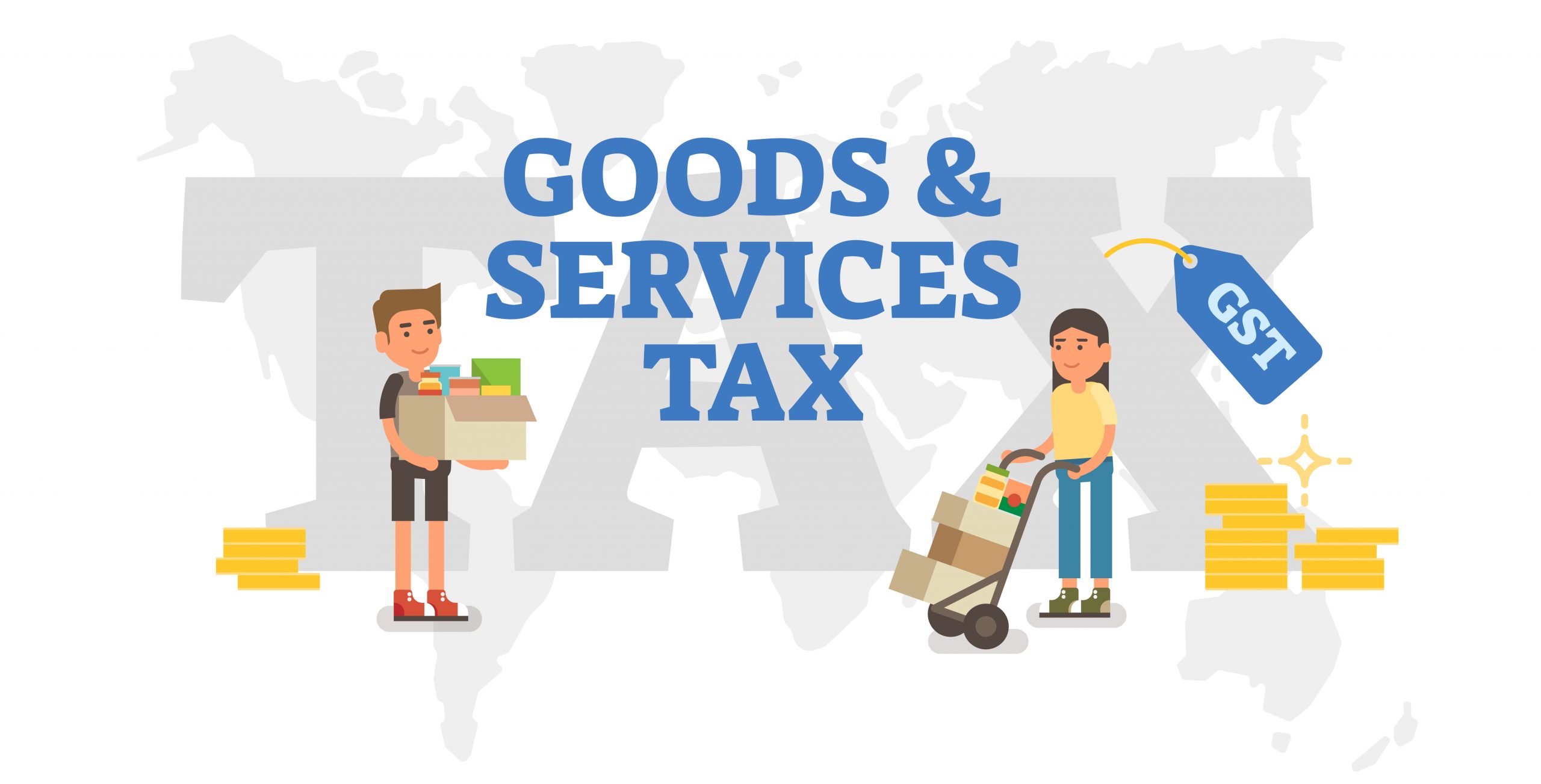How Good and Services Tax (GST) Will Impact Our Daily Lives
Understanding GST
The Goods and Services Tax (GST) is one of the biggest tax reforms in independent India. Implemented on July 1, 2017, GST aims to simplify India’s complex indirect tax system and create a common national market. GST replaces multiple taxes levied by the central and state governments with a single tax applicable throughout India.
GST is hailed as a game-changing tax reform for the Indian economy. By subsuming various taxes into a single tax, GST eliminates the cascading effect of taxes (tax on tax). It is expected to boost transparency, widen the tax base and reduce the compliance burden. GST implementation will transform India into a unified common market and strengthen cooperative federalism.

Impact on Prices of Daily Necessities
For common consumers, GST will impact the prices of everyday products and services. Some items are likely to become cheaper while others may see a price rise. Daily grocery essentials like cereals, pulses, rice and flour will see zero tax under GST. Fresh vegetables and fruits are also exempt from tax. This will provide relief to consumers struggling with rising food inflation. Medicines are moved to the 5% tax slab under GST from the earlier tax rate ranging from 6-12%. This will make common medicines more affordable. Household items like toothpaste, soaps and sanitary wares will also see lower taxes of around 12-18% versus 22-24% earlier. Lower tax rates on daily essentials is aimed at improving people’s cost of living.
Impact on Lifestyle Goods and Services
Some lifestyle goods and services are likely to face higher taxes and prices under GST. Restaurant meals, hotel rooms, movies and event tickets will see taxes go up from the current rates. For example, dining out experiences may cost slightly more at 18-20% GST versus 12-15% service tax earlier. Air travel will also become marginally costlier as the unified GST rate of 5-12% will replace multiple entry taxes. High-end goods like electronic items, white goods, laptops, jewellery and premium cars may see taxes increase to 28% under GST from 22-24% currently levied. However, lower logistics and compliance costs could partially offset this price rise.
Impact on Consumer Durables and Appliances
GST implementation is likely to make consumer durables relatively more affordable for common households.Items like refrigerators, washing machines, ACs, televisions, waterheaters and window ACs will attract lower GST rates of 18-28% versus 25-30% taxes earlier.
Standard rate items from the FMCG sector like soaps, toothpaste and packaged foods will also see tax benefits. Lower tax incidence will enable companies to pass on some savings to consumers through reduced prices. This could boost demand for consumer goods and support the growth of the durable sector.
Impact on Construction Materials
The construction industry is a major employment generator and GDP contributor. GST will have far-reaching effects on building material costs and real estate sector. Cement, capital goods and inputs will attract lower GST rates of 18-28% against 25-30% earlier tax incidence. This will bring down construction costs and enable lower property prices over the long run. Tiles, sanitary ware, paints, plywood and other construction inputs will also see lower indirect tax rates of 5-18% under GST compared to VAT rates of 12-20% earlier. Reduction in multiple entry taxes and development cess will further ease building material costs. The real estate and infrastructure sector is poised to benefit from rationalised GST rates.
Impact on Automobiles
The automotive sector is among the largest recipients of GST benefits. Cars, two-wheelers and commercial vehicles are likely to become more affordable due to lower taxes. Lower goods transport fares will also reduce vehicle costs. GST proposes to tax automobiles at two slabs - 28% for luxury vehicles and 18% for others. Earlier, taxes on automobiles varied significantly depending on type of vehicle and location. For example, some states levied VAT of upto 31%, while others charged lower taxes. Uniform GST rates will remove such regional price distortions. Lower vehicle costs may boost automobile demand and have a positive impact on manufacturing growth.
Conclusion
To conclude, GST implementation in India is a landmark reform towards building a simplified, transparent and innovation-driven economy. While some items may become costlier, overall there will be cost benefits. GST aims to ease the tax burden on common people and industry over the long term. Rationalised tax rates coupled with GST network roll-out are expected to facilitate improved tax compliance. With timely policy refinements, GST promises to be transformational for India’s economic development.
